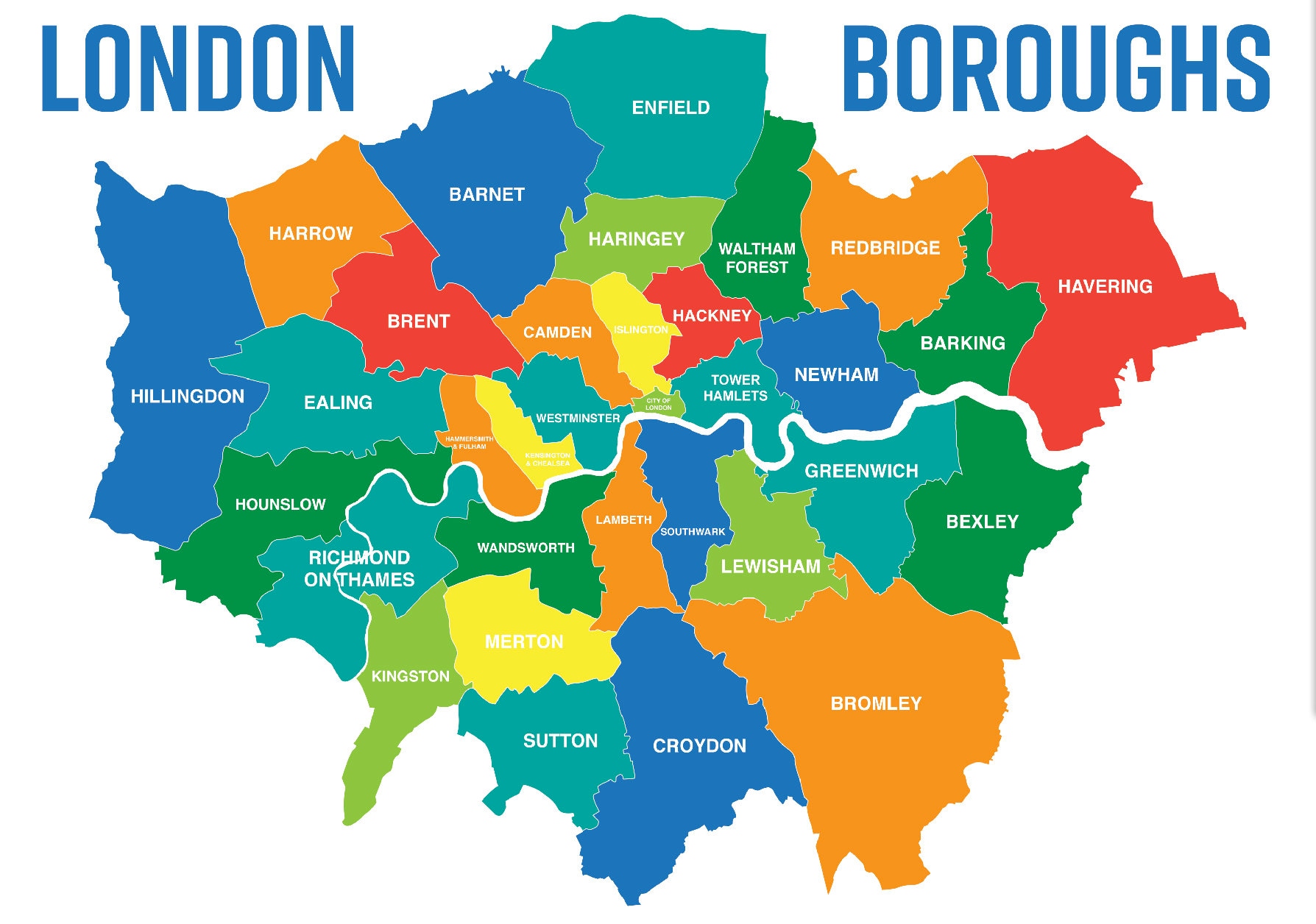The London postcode system is one of the most famous and intricate in the world, offering an essential glimpse into the city's layout and organization. London, a sprawling metropolis with a rich history and diverse culture, is divided into various postcode districts that reflect its evolution from a collection of villages to a global urban hub. Understanding the London postcode list is crucial for anyone navigating the city, whether for business, travel, or daily life.
The London postal districts were introduced in 1857 as a way to streamline the sorting and delivery of mail. As the city expanded rapidly during the Industrial Revolution, the demand for a more efficient system grew. London's postal districts were initially based on compass points, such as North (N), South (S), East (E), and West (W), with subdivisions that further categorized different areas of the city.
Today, London’s postcode districts are defined by a combination of letters and numbers. Each postcode begins with one or two letters, followed by a number (sometimes two), and then a space before a final number and two letters. For example, the central postcode for London is EC1A 1BB.
The letters at the beginning represent the broader district, while the numbers and additional letters represent smaller, more specific areas within that district. These codes are not just postal addresses; they have become identifiers for neighborhoods, businesses, and landmarks throughout the city. The main are broken into sev.


















